| <b>Birmingham's</b> Rhinestone Rhino to be unveiled on Friday Posted: 29 May 2012 04:06 AM PDT by Brett Gibbons, Birmingham Mail BIRMINGHAM's famous Rhinestone Rhino will be officially unveiled on top of an office block at the heart of the city's gay village. The life-sized sculpture, costing £15000, will be installed on Friday on top of Wynner ...See all stories on this topic » |
| University move from Perry Barr is a vanity project says MP Posted: 29 May 2012 03:14 AM PDT by Neil Elkes, Birmingham Mail A BIRMINGHAM MP has described the development of a £125 million new university campus as a "vanity project" and called for it to be stopped. Perry Barr MP Khalid Mahmood wants Birmingham City University to stay put in his ...See all stories on this topic » |
| Nufleet Ltd, Aldridge Posted: 29 May 2012 01:51 AM PDT |
| Kinlet colliery, Shropshire Posted: 28 May 2012 04:01 PM PDT |
| Kinlet colliery, Shropshire Posted: 28 May 2012 03:53 PM PDT Considering it was abandoned in 1937, there's an incredible amount remaining, especially compared to other comparable collieries (and even more modern ones!).. Quote:
Kinlet Colliery was one of a number of coal mines in the Highley area, which have a complicated ownership history. The Highley Mining Company, formed in 1877, replaced the previous partnerships. By the early 1880s the good quality of the coal, and the proximity to the Severn Valley Railway was ensuring that the mine was a success, and in June 1885 agreement was reached with the Kinlet Estate of William Lacon Childe to bore for coal.
Although the company had signalled its interest in Kinlet, it was to be some years before this was translated into serious action. Possibly this was due to a down-turn in the economy at this time. However, a bore-hole was put down, and as a result of this a new sinking began in 1892 on the Kinlet Colliery site. The site had no road access, so the mining leases also made provision for a railway from the Severn Valley running alongside the earthworks of the uncompleted Billingsley Colliery railway, which had been started in 1880, but abandoned (for the time being) soon after. Coal was struck in December 1893, at a depth of 296 yards, and the hooter at the works was sounded for 40 minutes in celebration.
Despite early optimism, Kinlet Colliery was something of a disappointment. Production started in the late 1890s, with the completion of the railway. The mine had a lavish 15' diameter production shaft, claimed with some reason to be the best in the West Midlands, and with a huge engine house and steam winder.
There were hopes of finding additional seams, but these never materialised. Much of the seam consisted of basalt, which formed a hard rock mass difficult to cut through and destructive of the colliery screens. Conditions did eventually improve to the north of the shafts, but working Kinlet was never easy. Nevertheless it grew from employing about 150 men at the turn of the century to twice that by the start of the First World War with an output of about 50,000 tons a year. The combined efforts of both Highley and Kinlet ensured that average dividends were usually over 20% for the company shareholders in the pre-war years.
The Billingsley Colliery Company was registered in July 1910, and this company finally completed the railway connecting its mine with the Severn Valley railway in 1913; this ran parallel with and to the north of the Kinlet Colliery line, and its remains provide the track access to the site from the road. After a series of difficulties the Billingsley company was bought by the Highley Mining Company in 1915.
The Billingsley mine was closed in 1921, and machinery and manpower transferred to Highley and Kinlet. There was substantial modernisation at Highley through the 1920s, but progress was slower at Kinlet. The colliery was abandoned in September 1937, when the leases on the Kinlet Estate expired. The mine had proved impossible to mechanise, and there were continued problems with basalt having burnt out the coal; ironically, at the time of closure, the workings entered some of the best ground ever encountered at the mine.
| from and more- http://shropshiremines.org.uk/misc/shropmine/kinlet.htm back in the day  from- Kinlet Colliery Coal Colliery Information and Photographs 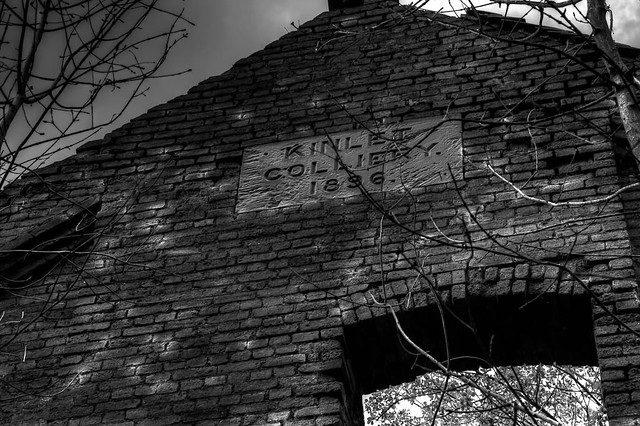 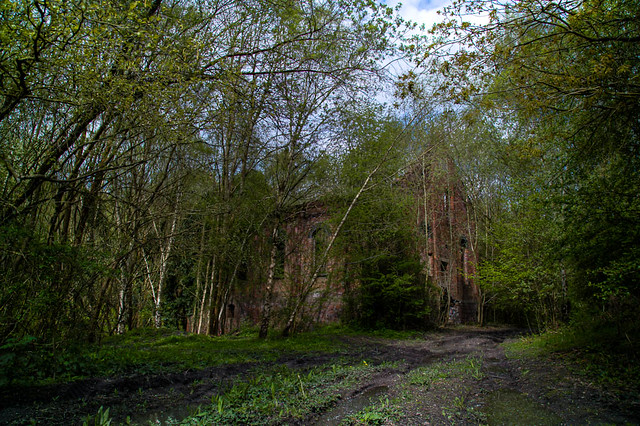  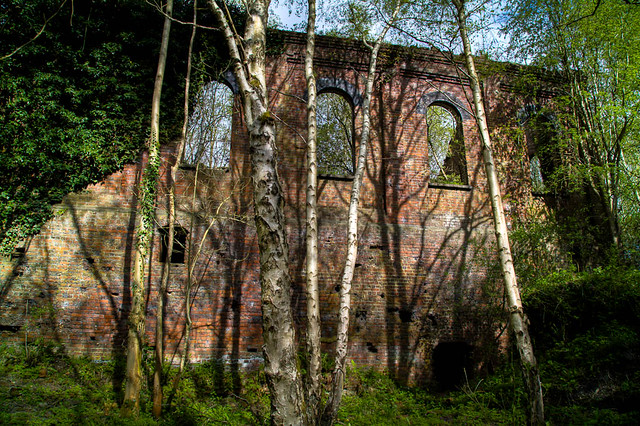 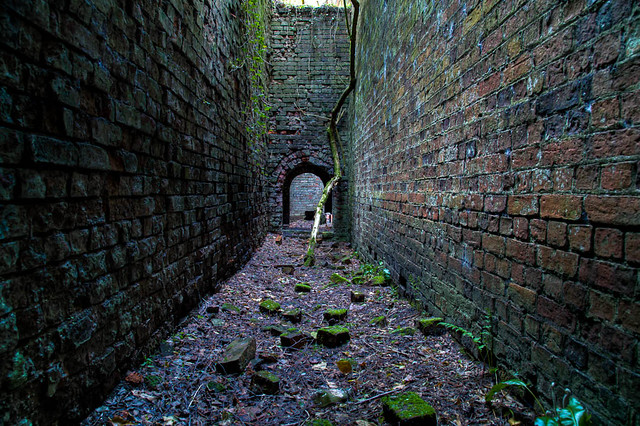 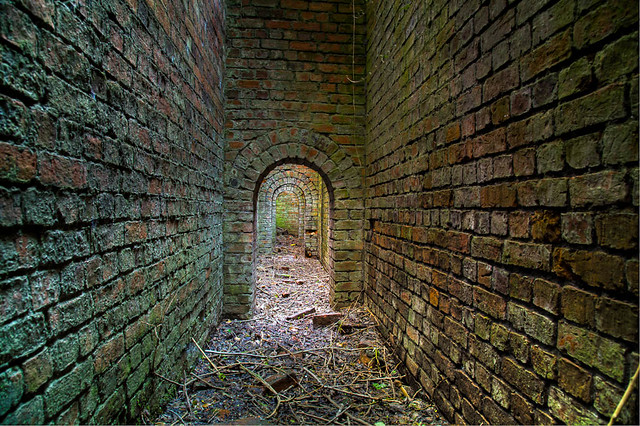 nature taking back....   mineshaft..  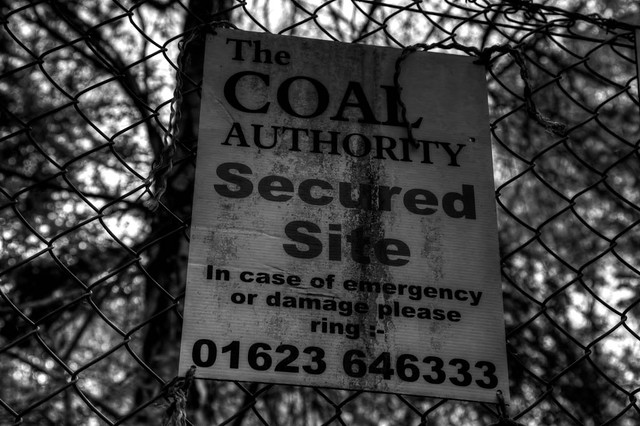 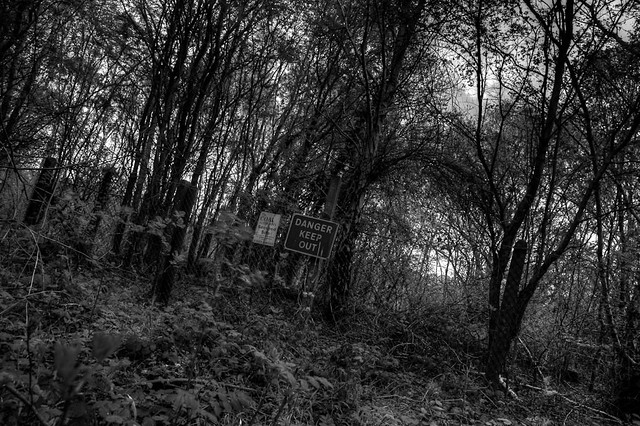 all the rest...
:)  |
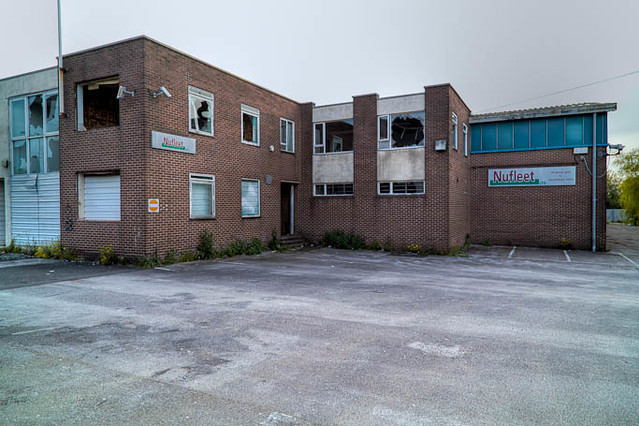
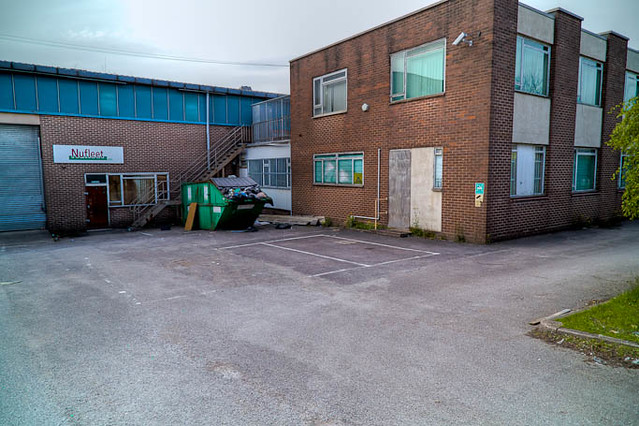

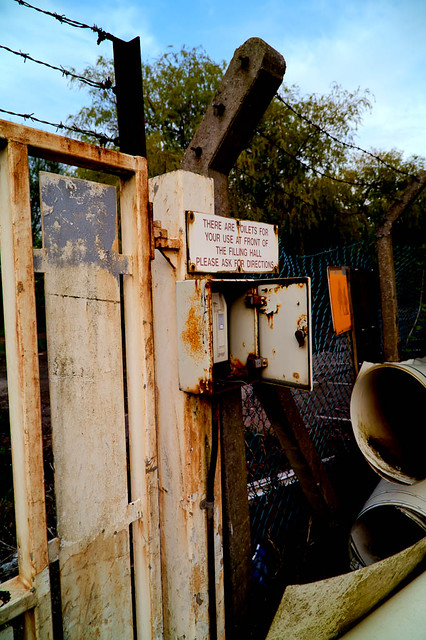
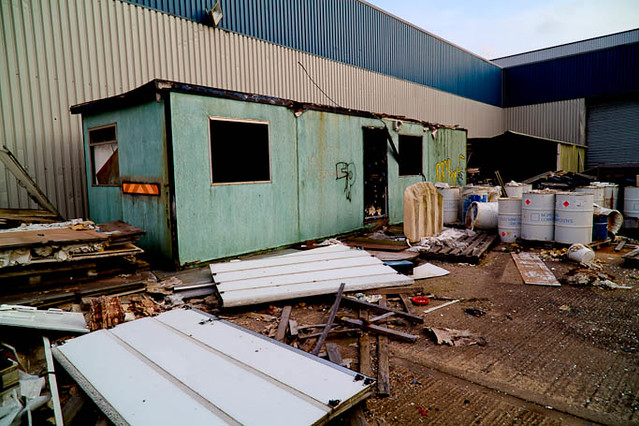
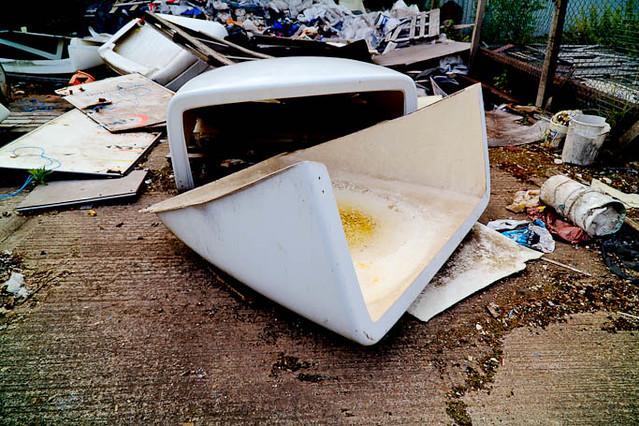
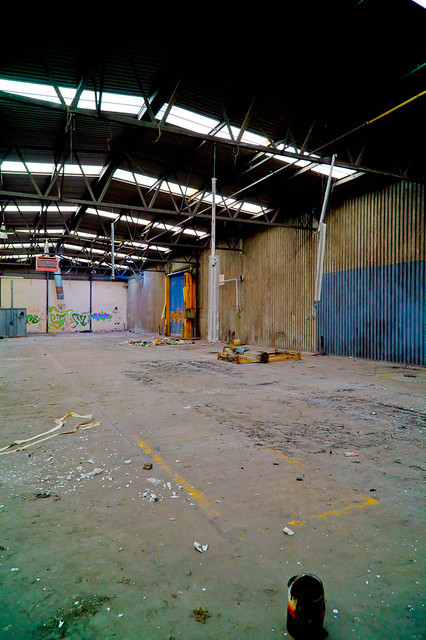
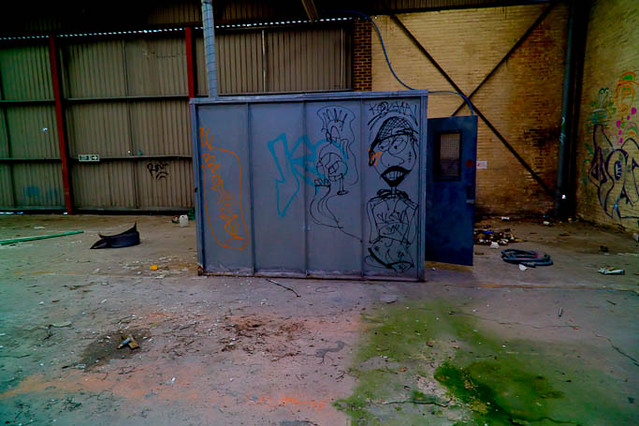














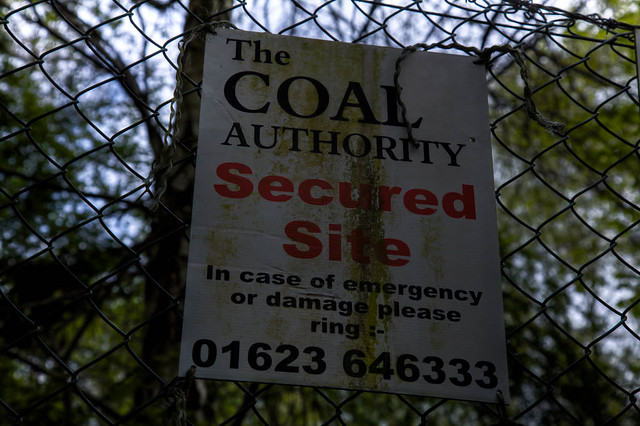
No comments:
Post a Comment
Note: only a member of this blog may post a comment.